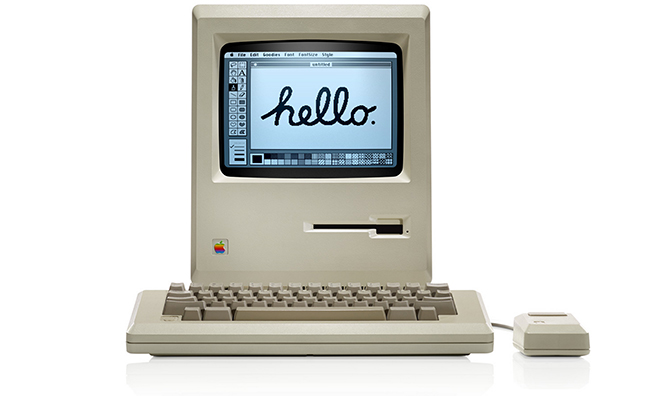
Instead, the Mac was almost a complete break from Apple’s first hit. It had an integrated monitor, eschewed color, said farewell to its ProDOS interface, and seemed to offer a keyboard only reluctantly, omitting cursor keys to push people toward the mouse.
As the company has pointed out at its product introductions over the years, its stubborn commitment to match tailored user interface experiences to devices has been shown in the iPod’s click-wheel and the iPhone’s multitouch display. Indeed, unlike Microsoft, which is pushing hard to conflate laptops and tablets, Apple sees its user interfaces as a defining difference between them.
The Mac’s journey is far from over. When the company introduced its Mavericks operating system, it noted that it wanted a naming scheme that could serve for the next 10 years of OS X. That said, when Apple began the tablet explosion with the iPad, and even at iOS’ debut in the iPhone, we saw more of the Mac in Apple’s touch devices than we did of the Apple II in the Mac.
Over the next few years, tablets are likely to displace clamshells further as the go-to device for many casual computing tasks, particularly those that Jobs emphasized at the iPad’s introduction — e-mail, Web, video, and books. This will enable tablets to further encroach on the turf of the Mac and traditional PCs. But regardless of the Mac’s trajectory, its tradition of breaking with convention and focusing on new user experiences — even if it means giving up competitive features — has carried through to Apple’s next generation of devices. Deep within, the iPad has the soul of an old machine.
source: cnet.com


